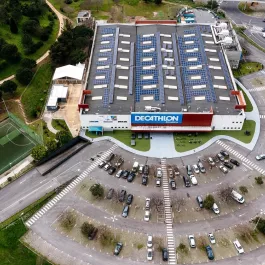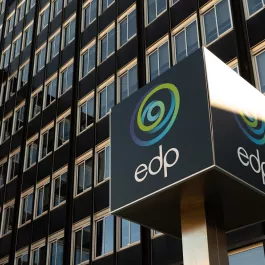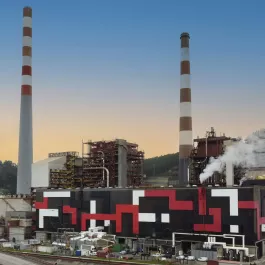

The combined cycles of EDP, an example for Japan

Representatives of the company Tokyo Gas and Misubishi Research Institute have visited the thermal power plant of combined cycle that EDP has in Soto de Ribera. The Japanese delegation, that has acquired various plants of this type in the Asian country, have recognized first-hand the experience of EDP in what regards the operation and flexibility of its plants of combined cycle in the last years.
The interest of the Japanese gas sector in EDP installations answers to the profound changes that have been produced in the structure of its energy system, where the tsunami affected the plant of Fukushima in 2011. The closure of the nuclear plants have propelled the commitment with alternative energy sources, mainly of renewable energy, and the introduction of new facilities of combined cycle.
The thermal power plant of combined cycle use natural gas to generate electric energy. The groups of EDP are characterized by their liability and flexibility in the operation, with a high response capacity to attend the electric market demands.
In these facilities, the company employs directly almost 100 people and other 50 indirectly. This number ascends to 300 people when the groups are submitted to revisions.
EDP counts with four groups of combined cycle in Spain, two in Navarra (Castejón 1 and 3) and two in Asturias (Soto de Ribera 4 and 5). In total, they add up a power of over 1 700 MW. The first group, Castejón 1, became operational in 2002, and the last one, Soto de Ribera 5, in 2010.
EDP
EDP is an international leader energy group in creation of value, innovation and sustainability. It is part of the Dow Jones Sustainability Indexes (World and STOXX) apart from being world leader in renewable energy,
In Spain, EDP is a reference company in the energy market, present in the generation, distribution and commercialization of electric energy and gas, with a portfolio of more than two million clients all over the world.
EDP is leader in gas in Cantabria and the Basque Country, as well as in Asturias, where it is also the referent electricity operator.


